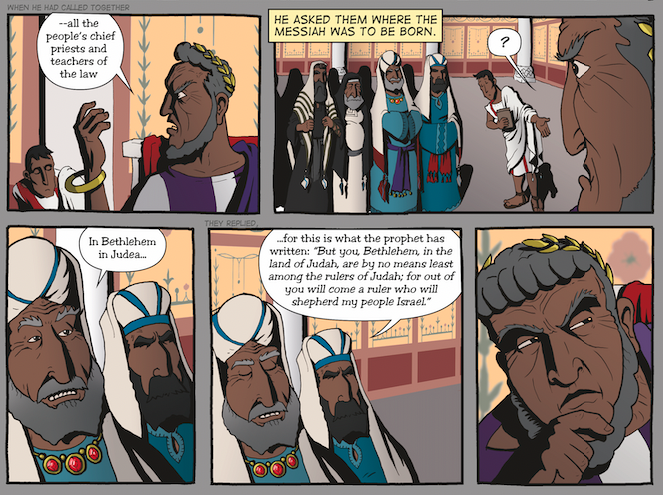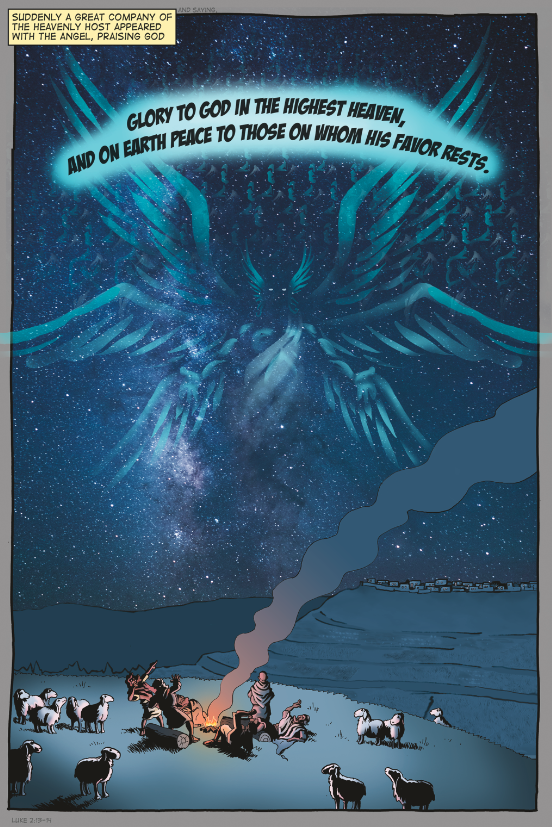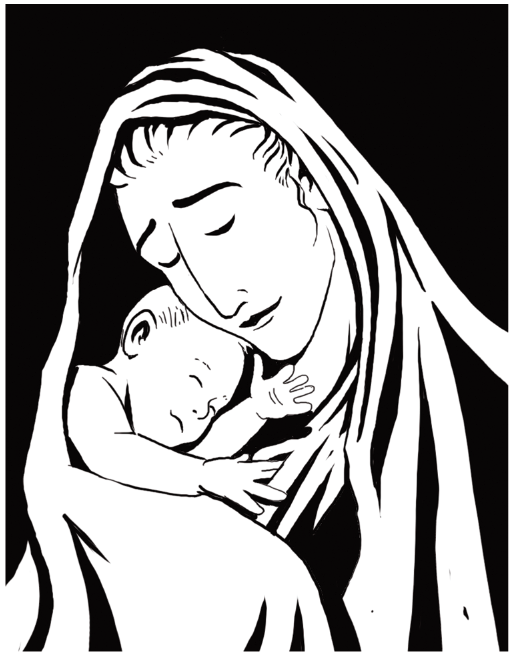Who were the Magi that visited Jesus?
The prevailing understanding of who the Magi that visited Jesus are is that they were a social caste of men learned in “magic,” astrology, alchemy, medicine, dream interpretation and many related disciplines. Their caste seems to have arisen during the time of the growing affluence of the early empires of the Medes and Persians. When a nation or empire becomes rich, it has the resources to support people exploring art, science, and many other forms of academia. With time to study and understand the world, these learned and “wise” men were relied upon by kings and satraps as advisors and diviners. In this way, they gained political power and with this political power, they consolidated their position as sacerdotal mediators between men and the magical and divine.
There is a connection between the Magi and the Zoroastrian religion. It is believed that they fulfilled a multitude of roles, including that of priests. However, the presence of Magi around the time of Jesus birth is not limited to Zoroastrian nations. Robert Charles Zaehner writes in The Dawn and Twilight of Zoroastrianism, "We hear of Magi not only in Persia, Parthia, Bactria, Chorasmia, Aria, Media, and among the Sakas, but also in non-Iranian lands like Samaria, Ethiopia, and Egypt. Their influence was also widespread throughout Asia Minor."
Why would a Magi care about the king of the Jews?
The key to this mystery of why the Magi journeyed to see the Christ child is found in the Book of Daniel. Daniel interpreted the undisclosed dream of King Nebuchadnezzar (Daniel 2:48) and was given the title Rab-mag, the Chief of the Magi. (Daniel 4:9; 5:11).
During the first year of the reign of King Ahasuerus, the angel Gabriel (yes, that angel Gabriel) visited Daniel and told him when the Anointed One would come (Daniel 9:25- 26). For nearly 500 years, this sect of Magi held onto this prophecy and its implied connection with Jerusalem. Waiting for this time and apparently cued by the star's appearance, they came to find this promised Messiah.
Finally, considering all that happened with Daniel in Babylon, Esther as queen, and Mordecai as prime minister of Persia, it's entirely possible that Jews held several Magi positions. As Christopher R. Smith writes in his blog Good Question, "Not all of the Jews who were taken into exile by the Babylonians returned under the Persians. For many centuries afterwards, there was a flourishing Jewish community in Mesopotamia. For example, that’s where the so-called Babylonian Talmud originated in Late Antiquity (though the term 'Babylon' was archaic by then)."
What did the Magi look like?
At the time of Jesus birth, much of the lands east of Jerusalem, as far as the borders of China, were under the dominion of the Parthian Empire. The earliest surviving images of the Magi date to the 2nd-3rd Century, which is 100 or so years after Jesus's birth. However, I was fascinated to discover that their attire was very much consistent with the dress of contemporaneous Parthians. This convinces me that these images were handed down from people who knew their appearance and origin.
Looking at the length of the journey the Magi would have had to make and considering their social status, I thought it was more likely that they would have used horses rather than ride on camels. However, they also have camels in the caravan as pack animals. White horses were considered sacred and used to pull the chariots that conveyed priests. Therefore, I used white horses here to suggest the high status, wealth, and priestly caste of the Magi.
This article is an extract from our new Christmas nativity graphic novel. Find it in our online store : https://www.wordforwordbiblecomic.com/buy










































